I love Don Quixote ballet. Not like others, this isn´t tragic or dramatic. Its lively music, colourful costumes and fantastic dancing make this ballet one of my favourites. And sometimes it’s even a bit humorous and comic. Last but not least, it’s a ballet that demands virtuosity in technique and interpretation.
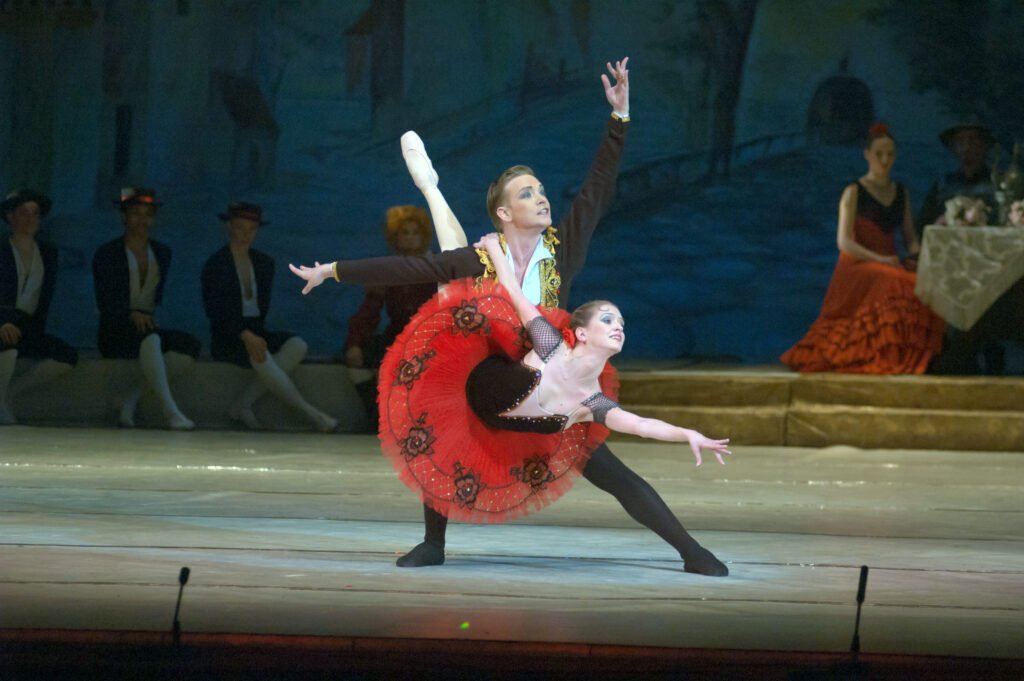
Table of Contents
Is this ballet Spanish?
In fact, this ballet is based on the 19th chapter from the second book of the classic novel The Ingenious Gentleman Don Quixote of La Mancha, by the Spanish writer Miguel de Cervantes Saavedra. It was originally choreographed by Marius Petipa to the music of Ludwig Minkus and first presented by the Ballet of the Imperial Bolshoi Theatre of Moscow, Russia, on 26 December 1869. But who was Marius Petipa? Answering this question is crucial to understand why this ballet looks “Spanish”.
He was a French dancer and choreographer who worked for many years at the Mariinsky Theatre. However, he also danced for two short but intense years for a Spanish theatre in Madrid. All that time, he immersed himself in Spanish culture completely. So, he fell in love with flamenco (a traditional Spanish dance) and the castanets technique. Petipa tells us in his autobiography, “I can dance flamenco as well as the best Spanish dancers from Andalucía”. Soon afterwards, he returned to Russian. But that experience in Spain would influence his choreographies forever.
That is why Petipa tried to include elements from the traditional Spanish dances in many of his works.
What is the story of Don Quixote ballet?
Don Quixote is a ballet with 3 acts and a prologue. It’s a romantic comedy, a love story between Kitri and the barber Basilio. Besides, Don Quixote and Sancho live a series of adventures around the couple.
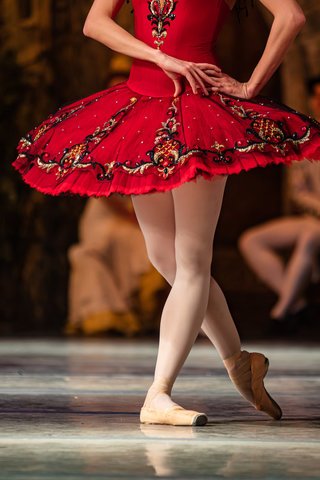
Prologue
Don Quixote was an old and romantic dreamer man who loved reading chivalric novels. So, he was in love with an imaginary woman called Dulcinea. Inspired by the vision of her, he goes out in search of adventure and names the trusty Sancho Panza as his squire.
Act I
The action takes place in a square of a town. Lorenzo, the innkeeper, has a beautiful daughter, Kitri. She is flirting with Basilio, the barber. Both have always loved each other, but Lorenzo wants to separate them. He doesn’t accept him because he is poor. Also, Lorenzo wants her daughter to marry Gamache, a rich but ridiculous nobleman. Gamache asks Lorenzo for her daughter’s hand, but she rejects him. The square comes alive with the arrival of the bullfighters.
At that very moment, Don Quixote and Sancho arrive. When Don Quixote sees Lorenzo, he imagines him as the owner of a castle and greets him respectfully. So, the innkeeper invites him to enter his tavern. Suddenly, Don Quixote sees Kitri and takes her for the wonderful Dulcinea, the owner of his heart. Then, Kitri and Basilio run away, and Lorenzo and Gamache run after them. But Don Quixote decides to shield the young lover to facilitate his escape.
Act II
Scene 1: Gypsy camp. The night darkness protects lovers. All at once, a group of gipsies get in, recognise the couple and welcome them. Don Quixote and Sancho arrive at the place, too. The Gipsy King asks Don Quixote to sit next to him and orders a party to be held in his honour. So, the gipsies start to dance.
The performance tells the story of a couple who love each other. But they can’t realise their love because her father forbids it. Don Quixote feels indignant about the story and mistakes the heroine for his Dulcinea. So, he begins to attack a windmill, believing it to be a giant threatening his beloved. Finally, exhausted and wounded, he falls asleep.
Scene 2: The Dream. Don Quixote dreams about a garden filled with dryads, unreal creatures that live in the forest. In his hallucinations, Don Quixote sees Dulcinea reappear, followed by the dryads and Cupid.
Act III
Kitri is forced by her father to marry Gamache. And among the guests at the wedding are Don Quixote, Sancho, the bullfighter Espada and Mercedes, his lover. Basilio enters at the beginning of the ceremony and shows his barber’s razor. So, he pretends to commit suicide. Kitri wishes at least to fulfil Basilio’s last wish, to marry before he dies. Don Quixote intercedes on her behalf. A priest blesses the union, and Basilio confesses his ruse. Then, Don Quixote intervenes so that Kitri and her father reconcile.
Finally, Gamache gives up, and the wedding between Kitri and Basilio takes place. At the end of the party, after saying goodbye to everyone, the errant knight and his trusty squire continue their adventures.
Who wrote the music for Don Quixote’s ballet?
The Austrian composer Ludwig Minkus (1826-1917) was a virtuous violinist who studied in Paris. Then, in 1853 he travelled to settle in Saint Petersburg, the capital of the Russian Empire. A couple of years later, he moved to Moscow as a conductor of the famous Bolshoi orchestra.
In Moscow, he began to compose ballet scores for some choreographers. One of them was the legendary Marius Petipa. Don Quixote (1869) was his first great success as a composer. Also, Minkus and Petipa worked together for two decades.
To sum up, this is a passionate and energetic ballet to have a good time. So, what are you waiting for? I’m sure you’ll enjoy Don Quixote too!
Buy Don Quixote Ballet DVD / Blu-Ray
American Ballet Theatre: Baryshnikov – Harvey (Japan DVD)
The BEST Kitri Ever!!!
Buy on Amazon USA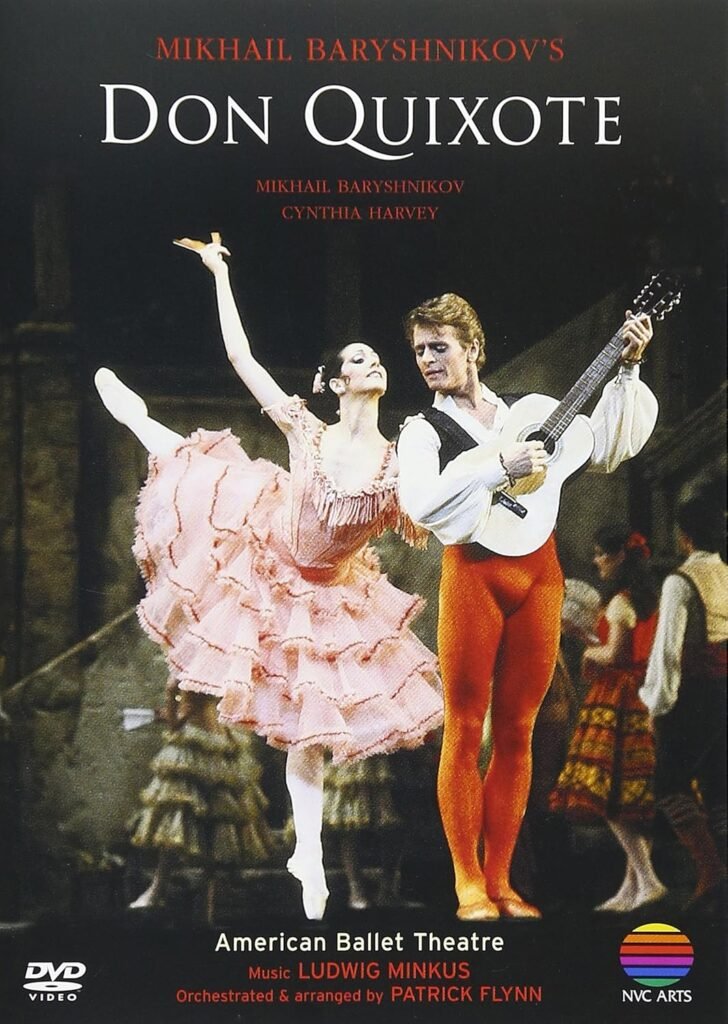
American Ballet Theatre: Baryshnikov – Harvey
Buy on Amazon UKRoyal Opera House: Carlos Acosta – Marianela Nuñez
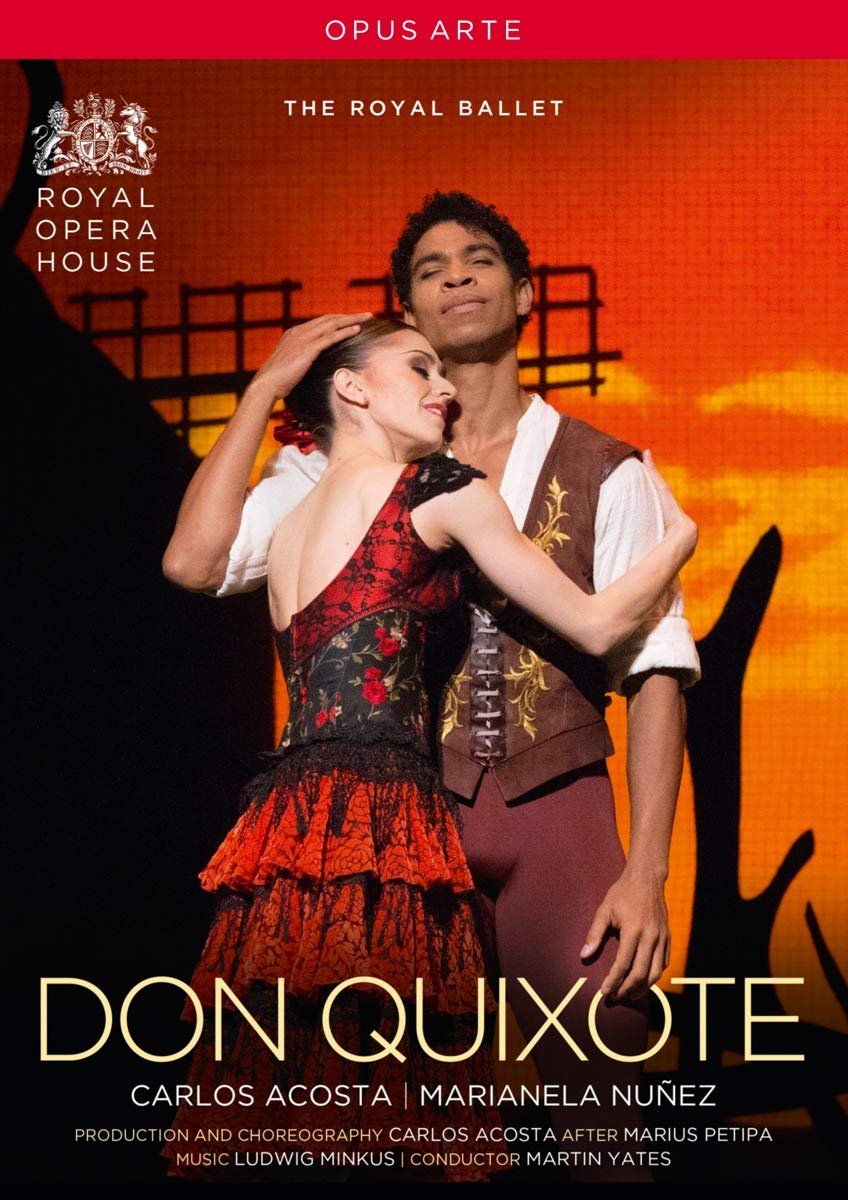
Cast Don Quixote Ballet:
- Marianela Nuñez (Kitri)
- Carlos Acosta (Basilio)
- Christopher Saunders (Don Quixote)
- Philip Mosley (Sancho Panza)
- Gary Avis (Lorenzo)
- Bennet Gartside (Gamache)
- Ryoichi Hirano (Espada)
- Laura Morera (Mercedes)
- Orchestra of the Royal Opera House; Martin Yates
Buy your tickets for Don Quixote Ballet 2026
Birmingham Ballet
12 February – 18 April 2026
Book


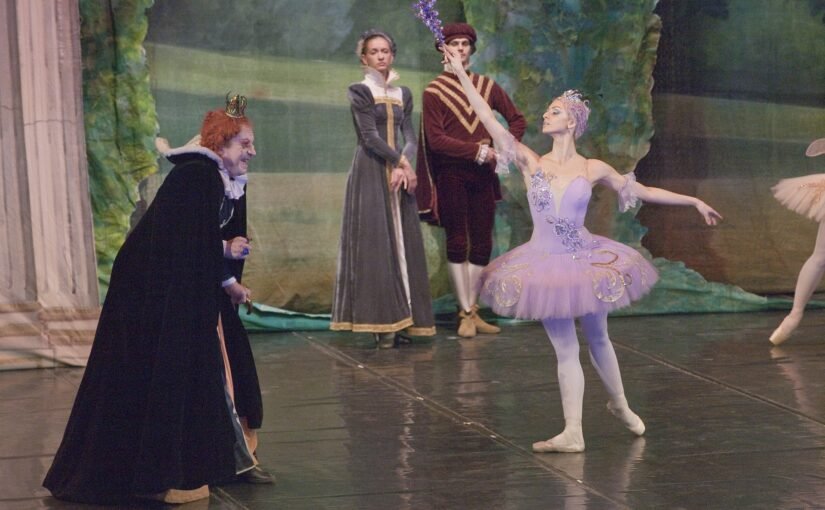
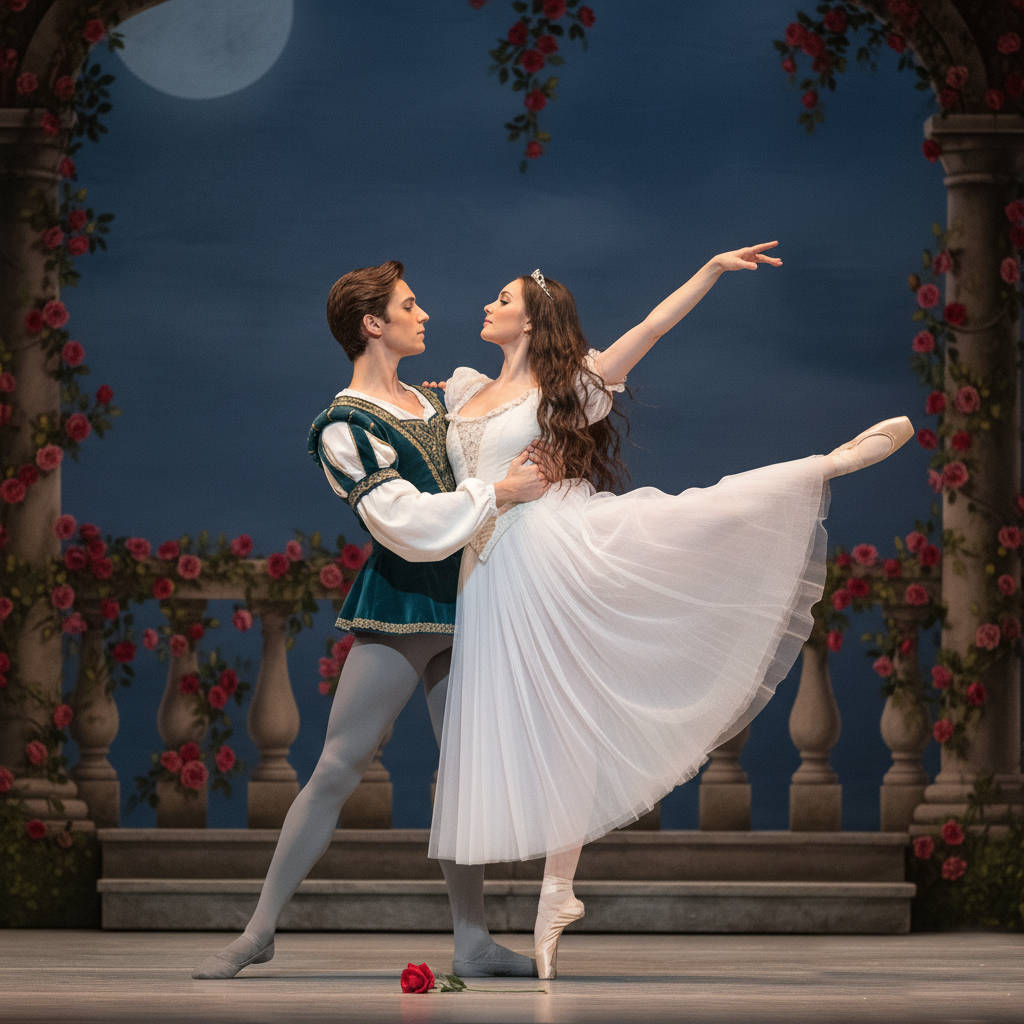
Leave a Reply